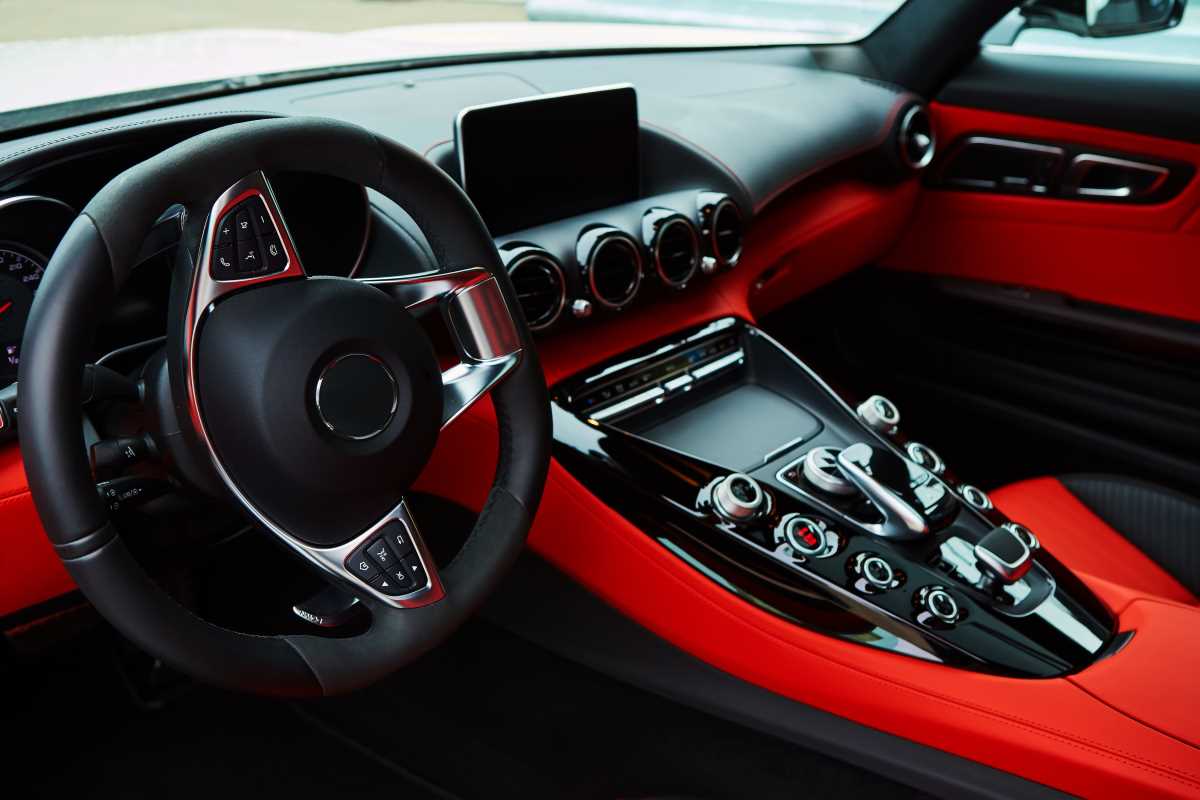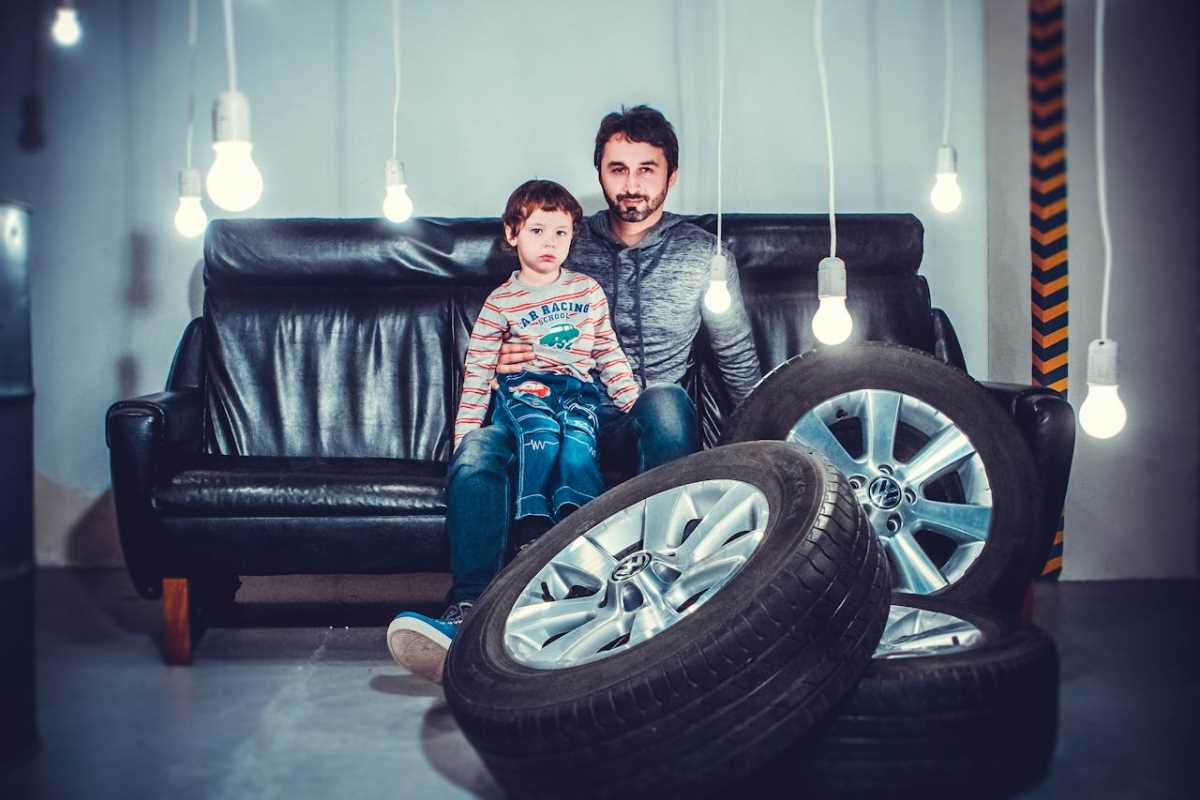We spend a lot of time thinking about the air quality in our homes, but what about the air inside our cars? You might be surprised to learn that the air you breathe during your daily commute can be full of dust, pollen, and other pollutants. Your vehicle has a secret weapon to combat this: the cabin air filter. This small, often-forgotten part works tirelessly to clean the air entering your car’s interior. Many drivers don’t even know it exists, but you can take a simple, powerful step to improve your well-being on the road. Let's pull back the curtain on this hidden filter and show you how easy it is to ensure you’re breathing fresh, clean air on every drive.
What is a Cabin Air Filter and Why Does It Matter?
The cabin air filter is a small, pleated filter that cleans the outside air before it enters your car’s passenger compartment through the heating, ventilation, and air conditioning (HVAC) system. It’s designed to trap a wide range of airborne particles, including:
- Dust and dirt
- Pollen and allergens
- Mold spores
- Soot and exhaust fumes
- Other pollutants
Think of it as the furnace filter for your car. Its job is to ensure that the air you and your passengers breathe is as clean as possible. A fresh cabin air filter makes every drive more pleasant and is especially important for anyone with allergies, asthma, or other respiratory sensitivities. It creates a healthier, more comfortable environment inside your vehicle.
The Sneaky Signs of a Clogged Cabin Air Filter
Unlike an oil change or tire rotation, your car doesn't have a specific warning light for a dirty cabin air filter. You have to rely on your senses to know when it’s time for a replacement. Here are a few key signs you can look out for, so you can feel confident knowing when to take action.
1. A Musty or Unpleasant Odor
One of the most common signs of a dirty filter is a persistent musty or mildewy smell coming from your vents. Over time, the filter can become saturated with moisture and trapped organic material, creating a perfect breeding ground for mold and bacteria. When you turn on your heat or AC, you’re blowing those smelly particles directly into the cabin. If you notice a funky smell that won’t go away, a clogged filter is a likely suspect.
2. Reduced Airflow from Vents
Your car’s HVAC system is designed to push a strong, steady stream of air. A clogged cabin air filter acts like a roadblock, restricting how much air can get through. You might notice that even with the fan on its highest setting, the airflow from your vents feels weak or inconsistent. This not only makes it harder to cool down or warm up your car but also puts extra strain on your HVAC system's blower motor, which can lead to a more expensive repair down the road.
3. Increased Cabin Dust and Allergies
The filter’s main job is to trap dust and allergens. You might notice your allergy symptoms acting up more during your drive when it's clogged. You may also see an unusual amount of dust settling on your dashboard and other interior surfaces shortly after cleaning. This is a clear sign that the filter is no longer doing its job, allowing pollutants to circulate freely throughout the cabin.
How to Replace Your Cabin Air Filter: An Easy DIY Guide
Here’s the great news: changing your cabin air filter is one of the easiest and most satisfying DIY car maintenance tasks you can do. You don’t need any special tools, and it typically takes less than 15 minutes. Here’s how you can tackle it yourself.
Step 1: Find the Right Filter and Locate It
First, you need to purchase the correct replacement filter for your car’s make and model. You can find this information in your owner’s manual or by using the lookup guide at any auto parts store.
Next, you’ll need to find where the filter is located. In most modern vehicles, the cabin air filter is conveniently placed behind the glove box. In some cars, it might be located under the dashboard or under the hood near the windshield. A quick search in your owner's manual or online will show you exactly where to look.
Step 2: Access the Filter Housing
Assuming your filter is behind the glove box (the most common location), start by opening the glove box and emptying its contents. Look for a small arm or strut on the side that stops the glove box from opening too far. Gently disconnect this arm.
Next, you may need to squeeze the sides of the glove box inward to release the tabs that hold it in place. This will allow the glove box to swing down completely, revealing the HVAC components behind it. You should now see a rectangular cover for the filter housing, usually held in place by a few clips or screws.
Step 3: Remove the Old Filter and Install the New One
Release the clips on the filter housing cover and pull it off. You can now slide the old filter straight out. Take a moment to look at how dirty it is—you’ll probably be amazed at what it has been trapping! It’s a good idea to note the direction of the airflow arrows printed on the side of the old filter.
Before you put the new one in, you can use a vacuum to clean out any leaves or debris that may have fallen into the empty housing. Slide the new filter in, making sure the airflow arrows are pointing in the correct direction (usually down or toward the back of the car).
Step 4: Reassemble Everything
Once the new filter is in place, snap the housing cover back on. Re-attach the glove box by squeezing the sides and guiding it back into place, then reconnect the support arm. That's it! You've successfully replaced your cabin air filter. Turn on your fan and enjoy the fresh, clean air.
The Cost of DIY vs. Professional Replacement
Taking a few minutes to change your own cabin air filter is a fantastic way to save money.
- DIY Cost: A new cabin air filter typically costs between $15 and $30 at an auto parts store.
- Professional Cost: Having a dealership or repair shop replace the filter during a service visit can cost anywhere from $50 to over $100, including the part and labor.
By doing it yourself, you can easily save $30 to $70. More importantly, you gain the confidence and satisfaction of handling a piece of your car’s maintenance on your own. Most experts recommend replacing your cabin air filter every 12,000 to 15,000 miles, or at least once a year.







